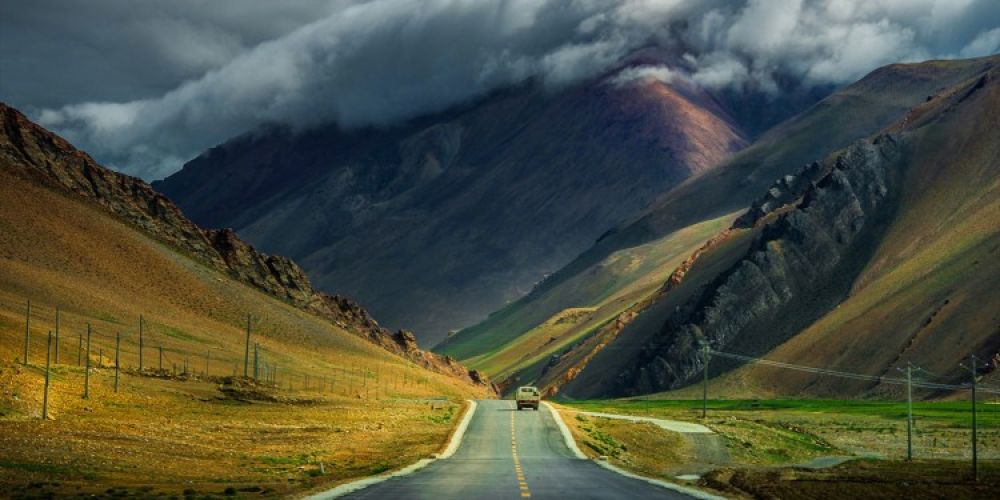

Drass, often referred to as 'The Gateway to Ladakh,' is a small town situated in the Kargil district of Jammu and Kashmir, India. Nestled at an elevation of 10,760 feet (3,280 meters), it is famous for being the second coldest inhabited place in the world, after Siberia. This quaint town is wrapped in a blanket of snow for a large part of the year and has a unique beauty that has drawn travelers for many decades.
Tourism in Drass began as a modest enterprise. In the past, Drass was largely visited by adventurers and explorers drawn to the high altitudes, challenging peaks, and the raw, pristine beauty of the Himalayas. The main attractions were the trekking routes to Suru Valley and Amarnath, providing stunning vistas and a chance to experience the untouched landscapes of the region.
It was not until the late 20th century that tourism began to develop in earnest. In particular, after conflicts in the region such as the Kargil War in 1999, there was a decrease in tourism due to safety concerns. However, post-conflict, the government and local bodies increased efforts to promote Drass as a peaceful and serene destination. Memorials and war museums were established to honor those who had fallen, thereby also promoting war tourism.
More recently, Drass has seen a rise in visitors due to its extreme weather conditions, which in itself has become a draw. Tourists flock to Drass to experience the harsh winters and the beauty of its snow-covered landscapes. Winter sports such as ice hockey and skiing are gaining popularity, with the Drass Winter Sports Festival becoming an annual event.
Trekking and camping remain popular activities in the summer months, with a number of new routes and services cropping up to cater to outdoor enthusiasts. Moreover, the beauty of the stark landscapes and unique cultural experiences, such as the celebration of local festivals like the Saka Dawa and the Ladakh Festival, provide visitors with incredible insights into local traditions and hospitality.
Despite the uptrend in tourism, Drass faces challenges related to sustainability and infrastructure. The delicate ecosystem of the high-altitude region can be easily disrupted, and there is a need for responsible tourism practices to ensure that growth in tourism does not negatively impact the environment. Initiatives for eco-friendly tourism are becoming more common, with a focus on preserving the natural and cultural heritage of Drass.
In essence, the history of tourism in Drass is a story of resilience and enchantment. From a remote and rugged terrain known only to a few, to a destination that, despite its extreme weather, is now celebrated for its beauty and adventure - Drass continues to evolve as a unique place for travelers seeking the extraordinary.